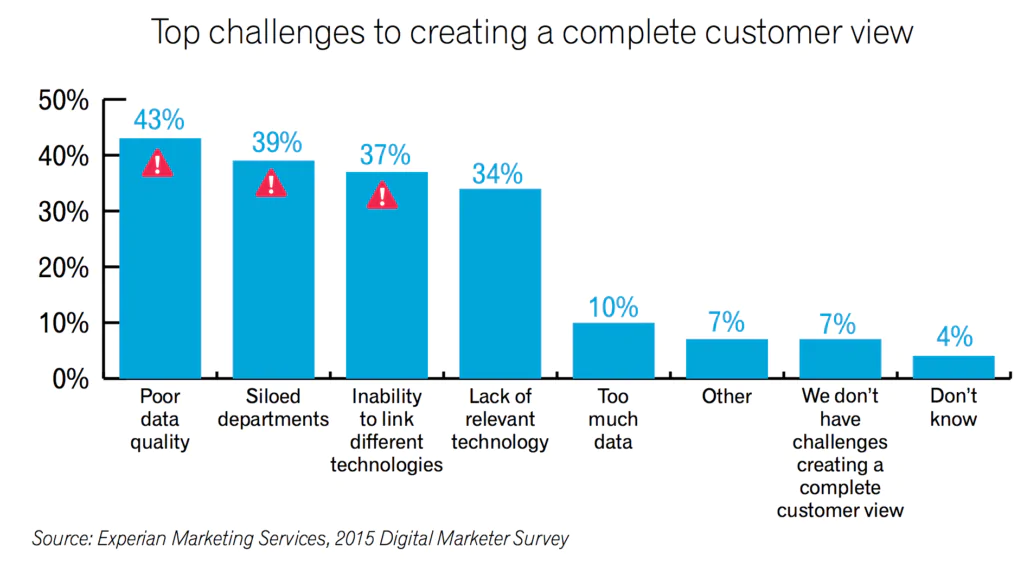[PART 2] 3 Steps to Adopt Artificial Intelligence in Your Business

Part 2 of Artificial Intelligence Will Add $2.2 Trillion to the Australian Economy: Will You Get Your Share?
Artificial intelligence has the potential to destroy companies that do not adapt. Case in point: the emergence of self-driving cars will significantly reduce the demand for trucking and transportation workers. Transportation accounts for over 600,000 jobs in Australia – what happens when the majority of those jobs disappear due to AI powered self-driving cars? And it’s not just truck drivers. A recent report by AlphaBeta found that about one-third of Australia’s twelve million-strong workforce may have to find new jobs within the next 15 years. And two-thirds of Australia’s big business leaders plan to, or already have replaced jobs in their organisation with AI technology. That level of job loss can only be compared to the Great Depression of the 1930s when Australian unemployment exceeded 15%.
In simple terms, there are two ways to respond to the Artificial Intelligence challenge. You can take a reactive approach and hope that your industry is one of the last to be impacted (and, indeed, that your job is still viable). Or you can take a proactive approach and be a part of the $2.2 trillion productivity opportunity and be an early adopter of Artificial Intelligence.
Think of Artificial Intelligence like an engine for your business. The good news is that you don’t have to hire a raft of engineers and mechanics (data scientists and developers) to design the engine. However, the engine will only run effectively when you feed it high-octane fuel (high-quality business data).
How can you achieve this?
Step 1: Choose the right technology.
Artificial Intelligence benefits are achieved through strong technology foundations. One of the key criteria to consider when choosing a platform vendor is their investment in innovation and their built-in artificial intelligence roadmap. Don’t make the mistake of putting your eggs in the wrong basket. You want software that is always stay at the cutting-edge of AI innovation and manages your business data to be agile and to evolve fast – with smooth and regular upgrades.
My pick: World's #1 Most Innovative Company in 2017 (Forbes) – Salesforce
Your ultimate objective is to leverage Artificial Intelligence to obtain invaluable insights from marketing, sales, logistics, finance and customer service inputs. It means the platform powering your AI needs access to all of these datasets. Therefore your toolkit is very likely to include best-in-class data management and integration software to orchestrate synchronisation and data flow between your systems.
My pick: Gartner’s Magic Quadrant Leader in Data Integration Tools – Informatica
This first step is a guaranteed head start in the race ahead of you.
Step 2: Make your technology AI-ready.
Never lose sight of your end goal: be customer-centric. Technology wise, it certainly means having a single view of your customer, with potentially centralised data of interaction history, marketing, opportunities, sales, financials and customer service. From a leadership perspective, this means bringing together each department and system. Obtaining a single view of your customer will give you an advantage over the other 89% of companies that struggle getting there.

The last part of this step is to ensure these systems are configured to capture all the data you need. There’s no point in having a single customer view if all you only have their contact details. Make sure your CRM is designed to store data that matters. Again, remember that the ideal outcome is about gaining insights on customers. AI will help you sell more and better serve your customers by analysing inputs and identifying trends and patterns about your prospects and customers. To do so, AI relies on a platform that has been configured with this objective in mind.
If you are an AC provider, enriched business data means, for example, tracking your customer’s date of birth, occupation, house construction date, house geolocation, AC unit model and installation date, AC repair and replacement dates. AI will act like a full team of smart data crunchers dedicated to analyse your data to identify patterns. AI might find that certain types of customers tend to buy certain unit models based on their area. It’s also likely to become capable of predict faults based on mileage and owner details. With automation, AI can recommend pricing adjustments. It also has the ability to organise appointments for your sales team to reach out proactively to customers, either to sell new units or unit services. In both cases, your sales reps will be knowledgeable and empowered to provide an outstanding customer experience.
Step 3: Create a culture of business intelligence.
As we’ve seen above, lack of data and poor data quality are common challenges for companies. You need to inspire a cultural change if you want to have rich, up-to-date data in your systems.
First, it comes by providing the right productivity tools to your teams so customers data can feed into your CRM with the least amount of effort. Many integrated tools can now track phone and email activities, parse email signatures, pull data from LinkedIn and other social networks.
Consistently collecting and using customer information ultimately depends on your staff. Incentives are an option to encourage high data accuracy. Share reports and dashboards to highlight data quality and make it a top company priority. Don’t miss an opportunity to share success stories internally. Imagine if your top sales representative was able to increase commissions by 20% because she could identify better upsell opportunities. Over time, these habits will build your organisation’s data – the raw fuel required for next generation Artificial Intelligence.
“If Australian firms embraced automation to the same extent as peer economies, productivity growth could increase by over 50 per cent.” Source: Compustat, AlphaBeta, O*Net, ABS
Artificial intelligence is a reality in modern business. You no longer need a small army of research scientists and expensive repetitive manual labour to develop this capability, so will you act now, or wait to play catch up with your competitors?














